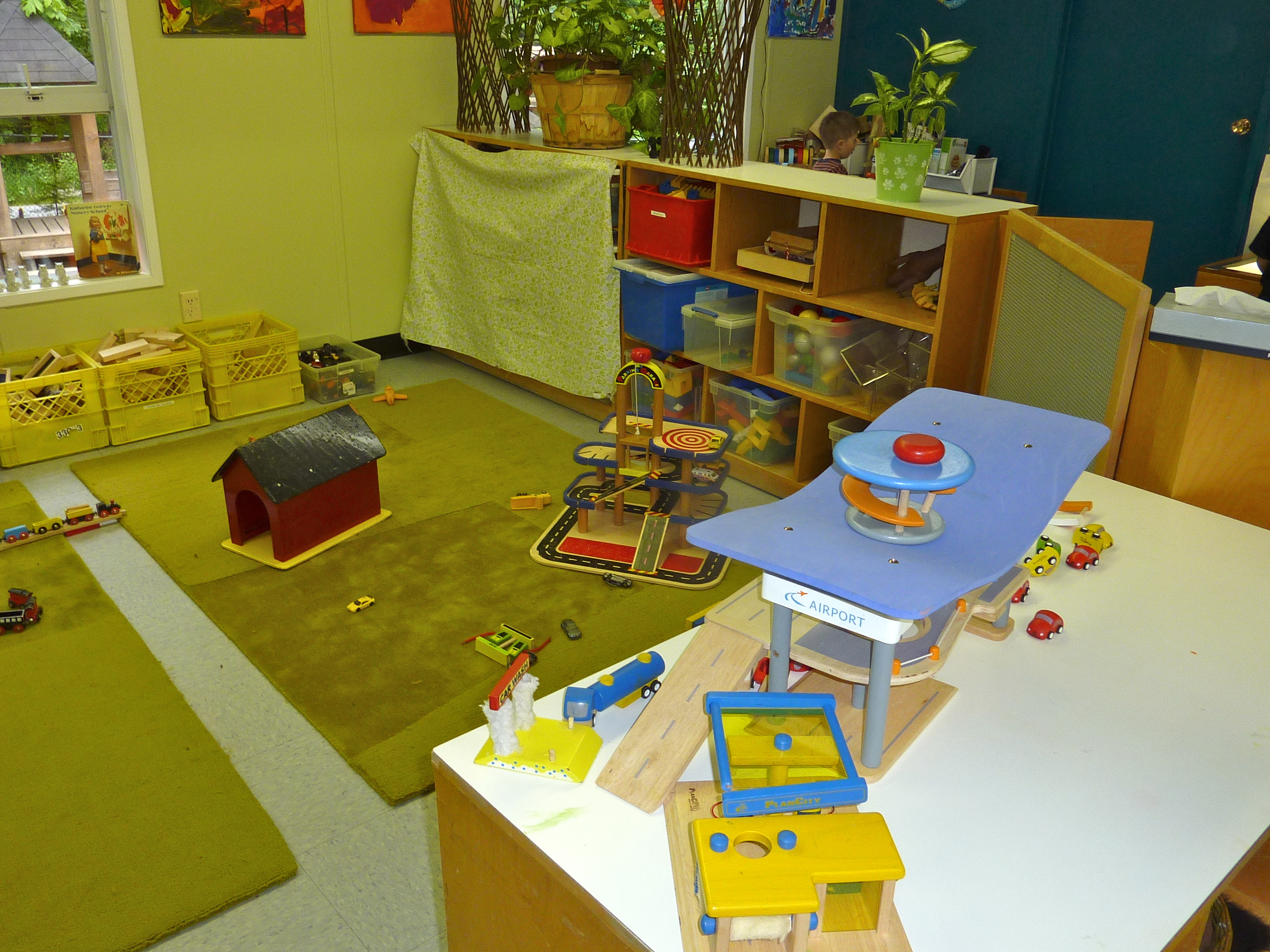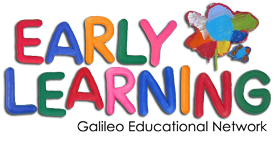
(en anglais seulement)
The Friendly Forest Day Care reviewed the way children were spending time with an eye on reducing the non-learning time. The following article was in the March newsletter.
History Of Our Preschool Program And Routines
In February we held the Meet and Greet Saturday morning for our September 2012 intake of children and their parents. It is always insightful for us to answer parent’s questions and concerns. Many of the questions were around the routines, the curriculum, and whether children learnt through play. Parents were interested about the open snack idea and the responsive versus teacher directed curriculum. We found it helpful to talk about the structural changes we have made to the program after gaining insight (through study, and conferences) into how children learn best.
In 2007 we implemented some significant changes to the routines and curriculum planning. In order to lessen the stress children feel at transition time and transfer this time back into the free play period, we cut out some of the big group transitions. Playtime became longer, and children had more time to relax and become competent at what they are doing. Here is an overview of the changes. It may be interesting to you to know what changes we made then and why.
Activity
Then
Now
Arrival Time
We used to have an arrival circle. We waited for all the children to arrive before we would begin. This time seemed to exasperate separation and behavior issues. Children grew restless waiting for their peers to all arrive, or anxious that after circle mum or dad would leave.
Children arrive, and after being welcomed at the door are free to explore and play with the activity that catches their attention. This helps distract children who have separation anxieties and makes the transition easier. It is a nice calm start to the day as children arrive at different times and their individual needs can be met right away, i.e. “please will you help me make a birthday card for my mom” or “do you want to see my number dance” or “please will you read me a story now”
Group Tidy-Up Time
A bell would ring to signal the start of tidy up time, – children would either want to ring the bell themselves or run and hide from the impending chore! – No- one wanted to tidy –up and they would protest, “I never made that mess!”
We encourage the children to put away the toys as they are done. “Before we dance around in the coat room lets put the hockey sticks and nets away.” Adults in the classroom encourage children to help tidy up during playtime so that the areas do not become cluttered. Although this is still a difficult idea for some children [children don’t relate to mess as adults do] tidy up time has become less of a drama and more consequential.
Group Snack
After story circle all the children would line up in the bathroom to wash their hands. Even though we tried to stagger the amount of children in the bathroom, it still seemed to be an opportunity for some children to push or get frustrated at being hurried. Meanwhile, and especially if there were no parent helpers, teachers were scrambling to clear and disinfect all the tables before the children sat down to eat. Twenty chairs had to be placed at the tables and children accommodated as to whom they insisted they wanted to sit next to.
Then came all the individual lunch bags, and snacks that had to be pried from their wrappers by hungry and impatient children. This was not a relaxing time for anyone. Children whose parents sent healthy snacks coveted the junk food snacks they saw. We saw an increase in prepackaged commercial foods.
Each day a scheduled parent brings snack for all the children. It is set up at the beginning of class and left out until story time. Children are free to choose when they want to eat and begin to pay attention to their hunger needs. Some children eat as soon as they arrive, while others eat later. They have to wash their hands before they eat and remain seated while they eat. They are exposed to a wonderful and healthy variety of snacks from all the food groups. Many children are trying new foods. The atmosphere is relaxed and natural, and the group at the table small enough to have conversation and take as much or little time as they need to eat.
The calendar now depicts birthdays, field trips, meetings, and special events. Every day is wide open for the children to create the curriculum. Our focus can be on their developmental needs for each day and so curriculum unfolds accordingly in our classroom. It is very exciting for us as early childhood educators, to witness this, and we marvel at the ways in which children try to make sense of their world. ‘Responsive Curriculum’ is the ultimate because when adults validate the children’s ideas by responding to their discoveries, problems, and questions, connections are made in the brain and neurons grow.
With the elimination of arrival circle, hand washing and snack time and tidy up time there are fewer group transitions and much more time for children to play and become engaged and competent at what they are doing. (Especially since the session time is only 2/1/4 hours) Responsive Curriculum and Developmentally Appropriate Practice (the way in which Early Childhood Educators are trained at college and universities) teaches that young children’s programs should be planned to allow for large blocks of play with the minimum of transitions. Play should be sensory based with hands on learning and the curriculum should respond to the children’s social, emotional, cognitive, and physical needs of the day. (The Early Learning Framework).

